Fashion for Good – The World’s First Sustainable Fashion Museum
THE LUMÉRA TEAM HAS ARRIVED IN AMSTERDAM! ANDREW, HOLLY AND SARAH ARE VISITING THE DUTCH CAPITAL TO SHOW YOU SOMETHING VERY EXCITING: THE WORLD’S FIRST MUSEUM ON SUSTAINABLE FASHION! THE FASHION FOR GOOD MUSEUM IS BASED IN THE CITY CENTER, RIGHT BETWEEN SOME OF THE CITY’S BUSIEST SHOPPING STREETS. THEIR GOAL IS TO SHOW WHAT SUSTAINABLE FASHION ACTUALLY IS, AND WHAT EXCITING INNOVATIONS ARE WAITING FOR US IN FASHION’S FUTURE! THE COMMUNICATIONS AND MARKETING DIRECTOR ANNE-RO KLEVANT GROEN IS SITTING DOWN WITH US IN THE MIDDLE OF THE CURRENT EXHIBITION ON INNOVATIVE FABRICS. WE’RE SURROUNDED WITH FABRIC SWATCHES ON THE WALLS, MIRUM LEATHER SHOES ON DISPLAY, DRESSES MADE OUT OF ORANGE PEELS, AND MUCH MORE! BUT ALL ABOUT THAT IN THE INTERVIEW!
words by SARAH MARIE FRANKEN
photographs by ANDREW DAY
I asked a few of our readers what question they would like to get answered first! And the most popular one was: what is sustainable fashion?
Anne-Ro: I definitely understand why they have that question, there are so many things to consider. That’s why we use a framework with five categories that we call the ‘five goods’: good materials, which means materials that are safe for humans and the environment and either biodegradable or recyclable, good economy, good energy, good water, and good lives, ensuring the working conditions are safe and the salaries fair. These were defined by the ‘Cradle to Cradle’ institute, they used them for buildings first, and we – together with our co-founder Bill McDonough, the American architect and initiator of the ‘Cradle to Cradle’ institute - translated them for the fashion industry. You can ask: are the materials recyclable or biodegradable? Who made my clothes? Where was the garment made? Was the manufacturing process non-polluting? Are the people who make our clothes living a good life with safe and healthy working conditions and a fair salary?
What are three tips you have for people to consume fashion more sustainably?
The first tip would be: find alternatives to buying something new. This could be second-hand shopping, trying out rental platforms, mend the clothes you already own, and exchanging clothes with friends. In the museum we also organize garment swaps at the museum regularly! A great way of owning something new without buying something new! Changing our buying behavior in that sense is very powerful and can be super fun! Then I would say, reinvent what you already have in your closet and see if you can amend it, dye it, or bring it to your local tailor. I am personally not good with sewing, but I love bringing pieces to my tailor and redesigning them! You can change the shape or details to whatever you want and you will have individual pieces no one else has. And as a last tip I would say to don’t look at garments as disposable items. You can always resell them, exchange them with friends, give them to charity, go to events like swaps, or inform yourself if a brand has a program where they take back the pieces you bought from them. Giving those tips and explaining what sustainable fashion is, is what our museum is all about!
I love that you educate the public about sustainable fashion. And I read that this is one of Fashion for Good’s two main missions! Can you tell us more about those?
We want to bring positive change to the fashion industry, and in order to do that we need to change the industry’s supply and the demand. We need to change the way that fashion is produced as well as the way fashion is consumed. We have the museum to educate the public on sustainable fashion and we have the innovation platform, where we connect innovators that have solutions for the industry’s problems to brands and retailers. These solutions could be a new material, a recycling method, a dying technology, a new business model, a tracing app and much more! The Laudes Foundation, who were the ones coming up with the idea for Fashion for Good in 2017, realized that a lot of solutions for all the problems the fashion industry is facing already exist. But often the right network, or funding, or expertise to grow and to implement these ideas on a larger scale were missing. The idea of the Fashion for Good innovation platform is to support these solutions for the fashion industry by connecting innovators to brands and retailers internationally. We have corporate partners, from Adidas, Zalando, Kering, Stella McCartney, Tommy Hilfiger to Calvin Klein. And we connect those brands and retailers with the innovative technologies and materials, so that they collaboratively work on those solutions!
“The idea of the Fashion for Good innovator platform is to support these solutions for the fashion industry by connecting innovators to brands and retailers internationally.”
Anne-Ro Klevant Groen
Why is the role of the fashion consumers so meaningful in order to change the industry?
If you don’t change the way consumers are looking at the fashion industry and change their buyer behavior, you’re not changing anything. That’s why we have the museum. It all starts with education. If you’re trying for a system change, you need the consumers to change their buying behavior. If that happens, more brands will realize the necessity to change what they offer and how they operate.
I think one problem consumers face is that there is so much greenwashing! Is there a tip you have for consumers to spot that easier?
There is the app ‘Good on You’ which one of our innovators designed. It ranks brands based on their sustainability performance. It’s a good starting point where you can do research and check the ranking of your favorite brands and see where they are at. And then I’d say the best way to spot greenwashing is asking questions at stores or online! Ask questions and try to learn about the topic. The more you learn, the more you know, and the better decisions you can make.
“If you don’t change the way consumers are looking at the fashion industry and change theIR buyer behavior, you’re not changing anything. That’s why we have the museum.”
Anne-Ro Klevant Groen
Totally. Let’s talk about the museum’s exhibitions! You change them once a year. And a new one is starting really soon! When is it opening?
On the 20th of May it will be open for the public.
Before we get into the new exhibition, let’s talk about the current one! It is called ‘Grow’, and it’s about biomaterials. What are biomaterials?
It’s materials that are either recyclable or biodegradable. We are introducing 55 materials in this exhibition that have the potential to become industry favorites in the future! In one room our visitors can see swatches of all of them next to each other on a wall, and in another we had young designers create garments with these materials! It was a super fun learning experience for all of us to create this exhibition. The material innovators learned from the young designers how their materials can be used and the designers learned what new materials are out there.
What is your favorite biomaterial?
Mirum for sure, it is a circular leather alternative. A lot of leather alternatives that you see today, are plastic leathers. There is always plastic in either the coating or the way it is being produced. But Mirum is a fully circular leather. It is made out of all natural materials, including rice hulls, coconut husks, and you can actually recycle it in the manufacturer’s facilities. It looks amazing. I think that’s the best alternative to leather out there currently! Do you have a favorite material?
I was impressed by Kapok. The outside looks like a dried banana, and the inside has this cotton-like raw material. The black evening gown one of the young designers made out of it looks beautiful! For someone who has never been here, can you give us a quick overview to the museum?
We have three floors. The basement represents the past, the ground floor represents the present and the first floor represents the future. We have a permanent exhibition in the basement that explains how a T-Shirt is made from A-Z. It shows the complexity of the production. We also created a timeline on the history of fashion here, which shows how we ended up at fast fashion. The ground floor is a store, where we curate sustainable brands to show the audience what cool sustainable fashion is already out there today. And on the first floor is the future, which is where we showcase all of the innovators that we work with and show what the future could look like.
Let’s talk about the new exhibition! What will it be about?
It is called “Fashion Week: A new era”. It shows how Fashion Weeks worldwide have evolved and what their influence is on the current industry. We try to explain how the industry has changed, how those shows changed, and what the effect of those shows was on our consumer behavior. A part of the exhibition explains how Covid caused a stand-still and a new challenge for the way designers show their collections. It was the moment where a lot of designers in fashion houses started to look for creative alternatives and started to think about a new way of doing things.
“Our new exhibition shows how Fashion Weeks worldwide have evolved and what their influence is on the current industry.”
Anne-Ro Klevant Groen
There was a really great short film Dior created to present their Fall/Winter 2020 collection. It was created by Matteo Garrone, the Italian movie director. Anyone can see it on YouTube, ideas like this democratize the idea of Fashion Week. Does the exhibition also show ideas like that?
Yes! We have a few examples from Helsinki Fashion Week, it went all digital. We have the Tommy Hilfiger show from the Metaverse Fashion Week. Fashion Shows of the future will be versatile, some may be digital, there will be a mix of different types of presentation, and not just classic runway shows anymore.
You guys also host events and workshops here. Can you tell us more about that?
We did a dried flower workshop for Mother’s Day for example, we do fashion swaps regularly and much more! On our online calendar people can see the schedule and sign up for our events!
Which event was your favorite?
I love the clothing swaps. People are always really happy when they leave and I love seeing that!
That sounds great. We already talked about the importance of people coming together and working on solutions as a team. It’s the core of the Fashion for Good Platform. Can you sum up the importance of collaborating in the fashion industry?
No one can change the industry on their own. And I think it’s super important that anything you learn, you share with the world, so that we can all learn from it and work towards the same solutions. We are all facing the same problems and therefore need the same solutions! I think collaboration is the key if we want to change an industry. When we started the platform, it was quite a hustle to get people on the same table and talk openly about their solutions, but by now, they are super eager to learn. It really is a mind shift. They don’t look at others as their competitors, they look at each other as their allies. Without collaboration, there is no future!
“I think it’s super important that anything you learn, you share with the world, so that we can all learn from it and work towards the same solutions.”
Anne-Ro Klevant Groen


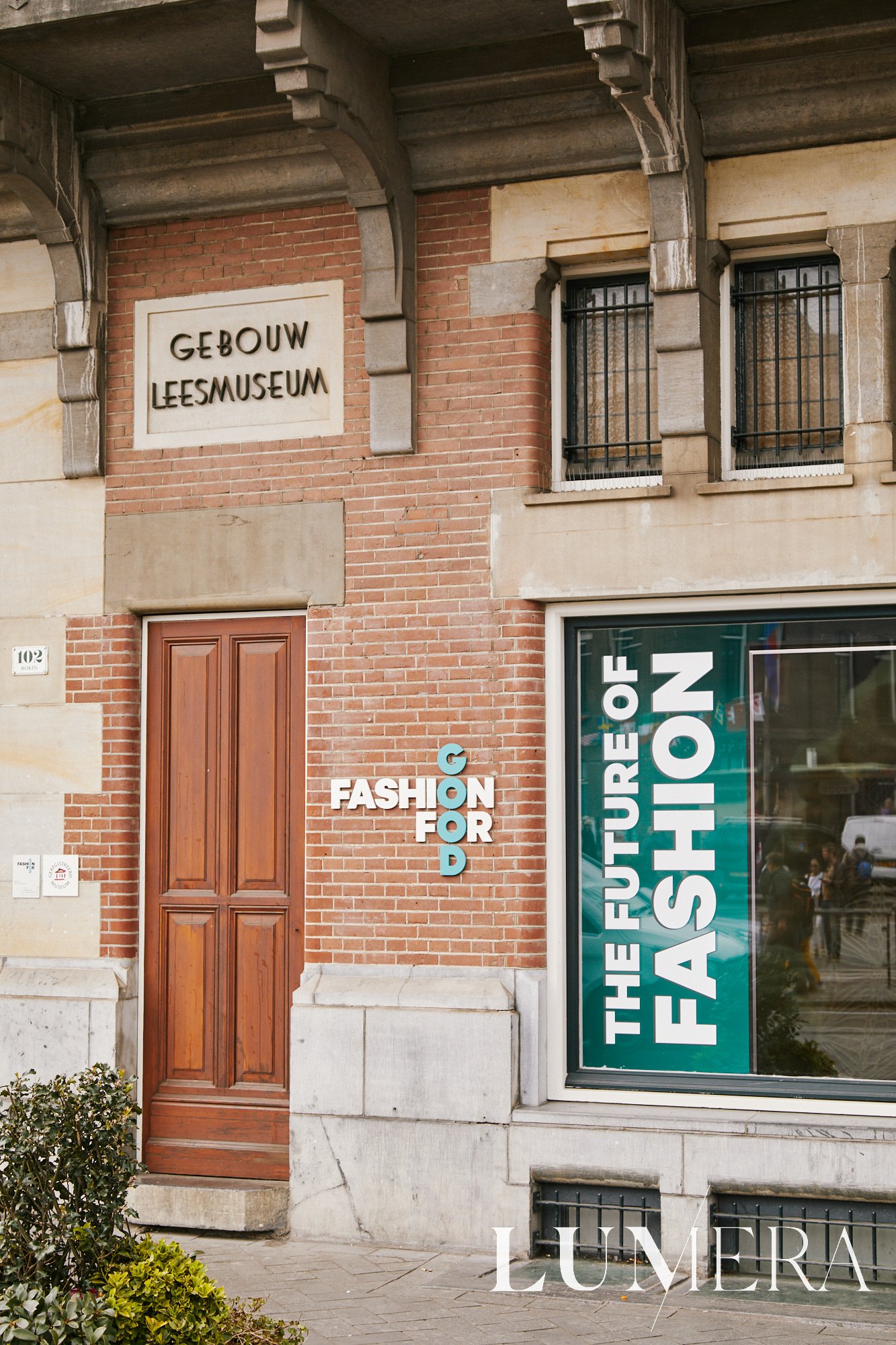
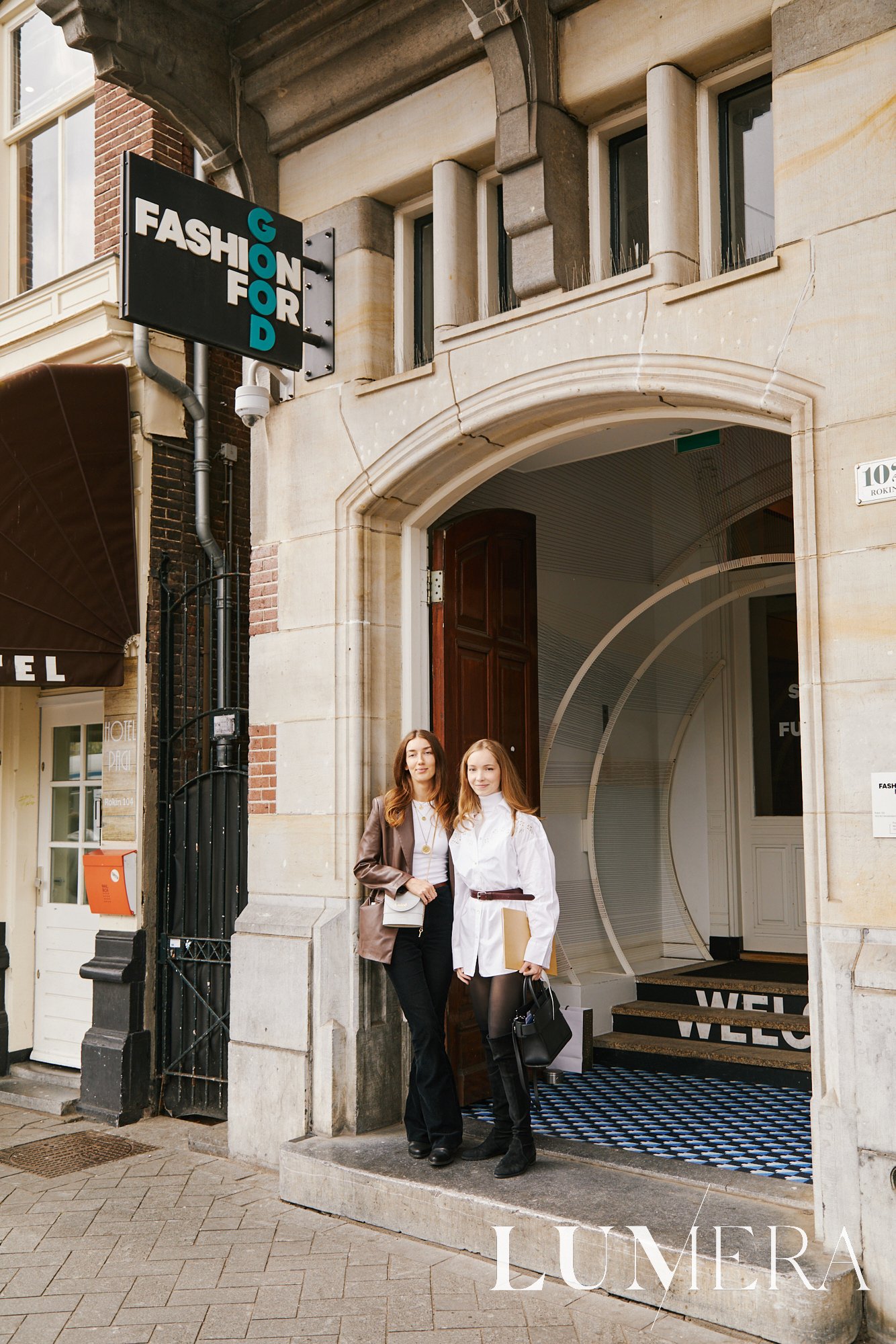
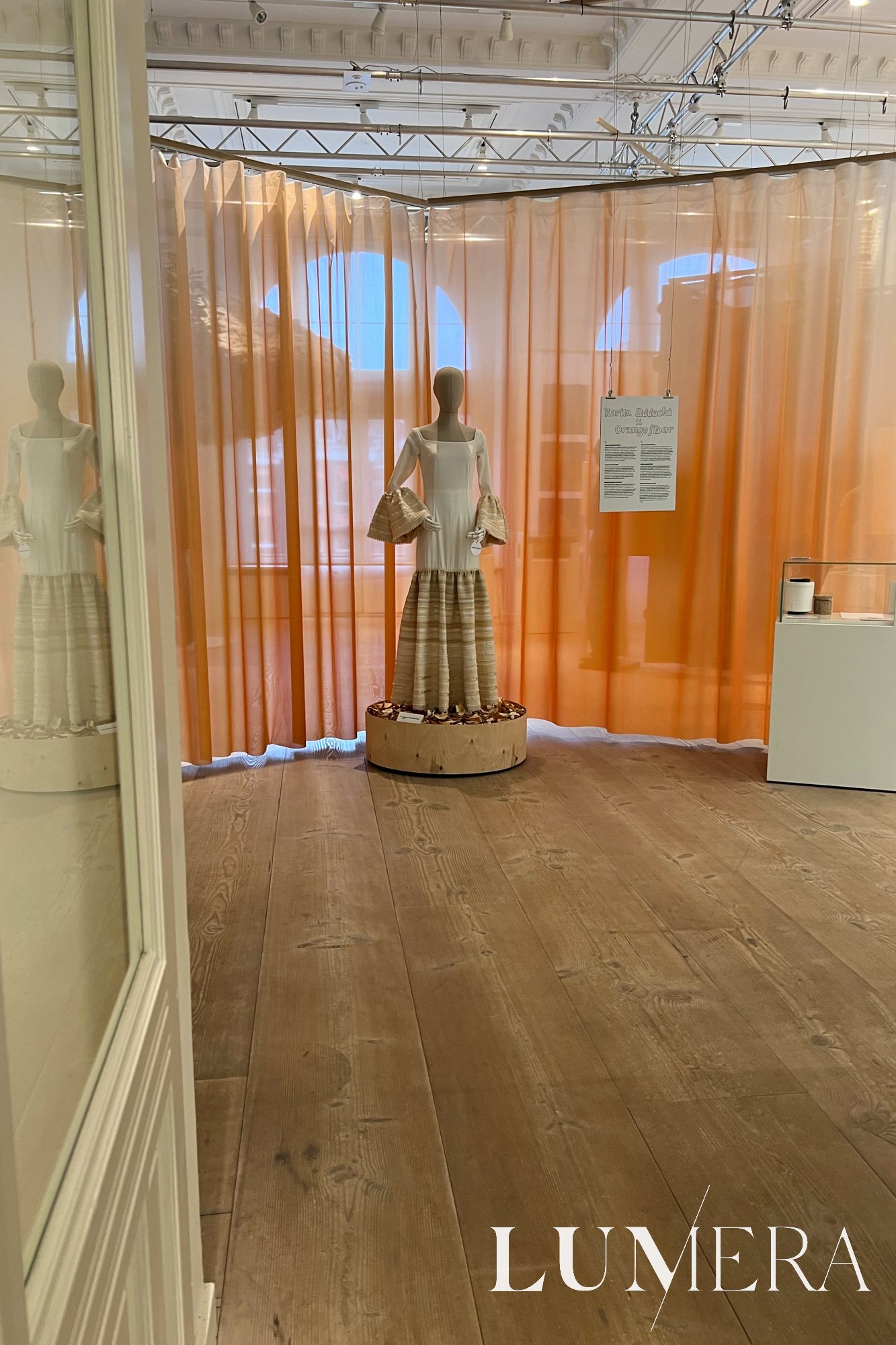

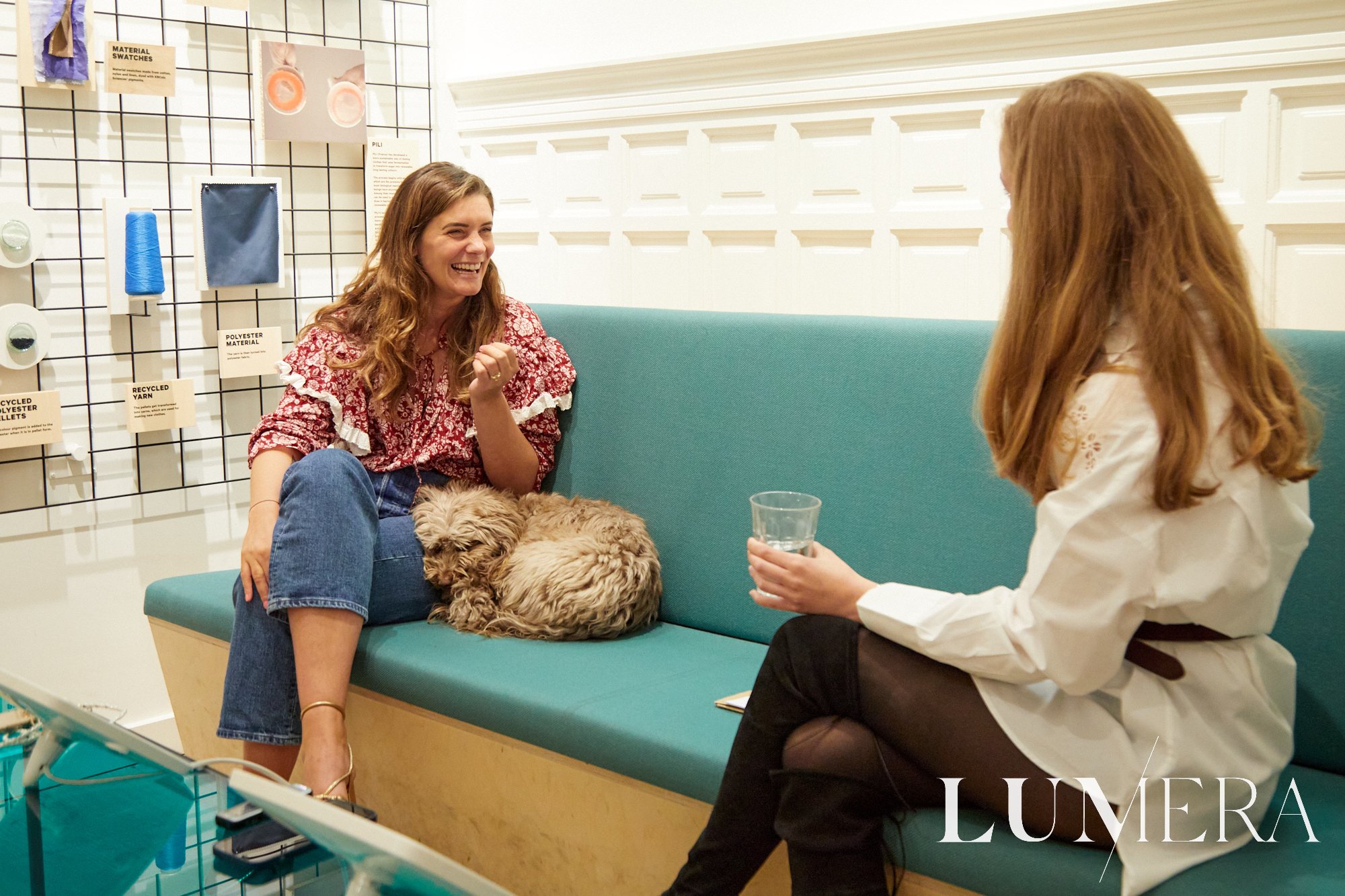

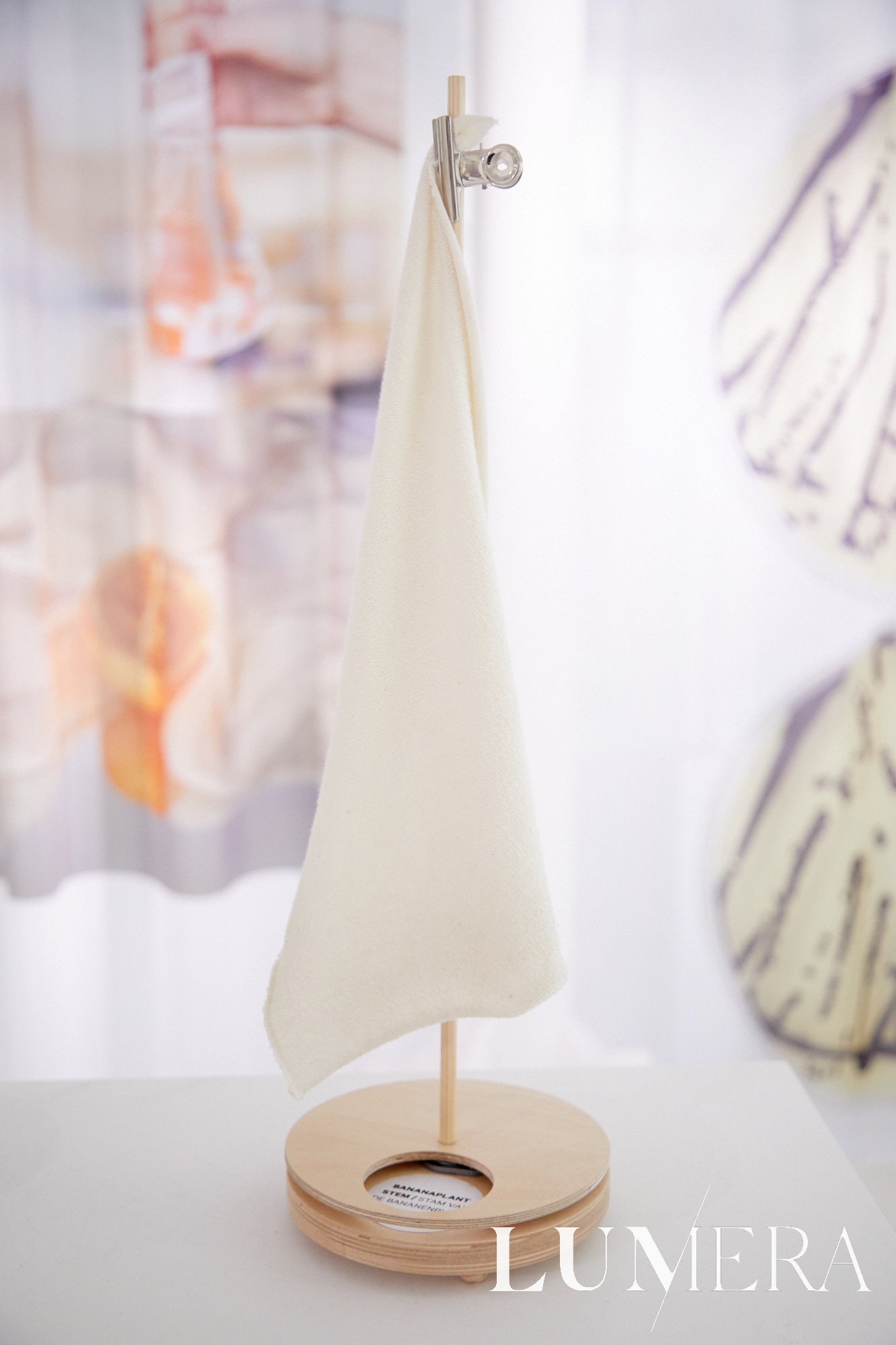
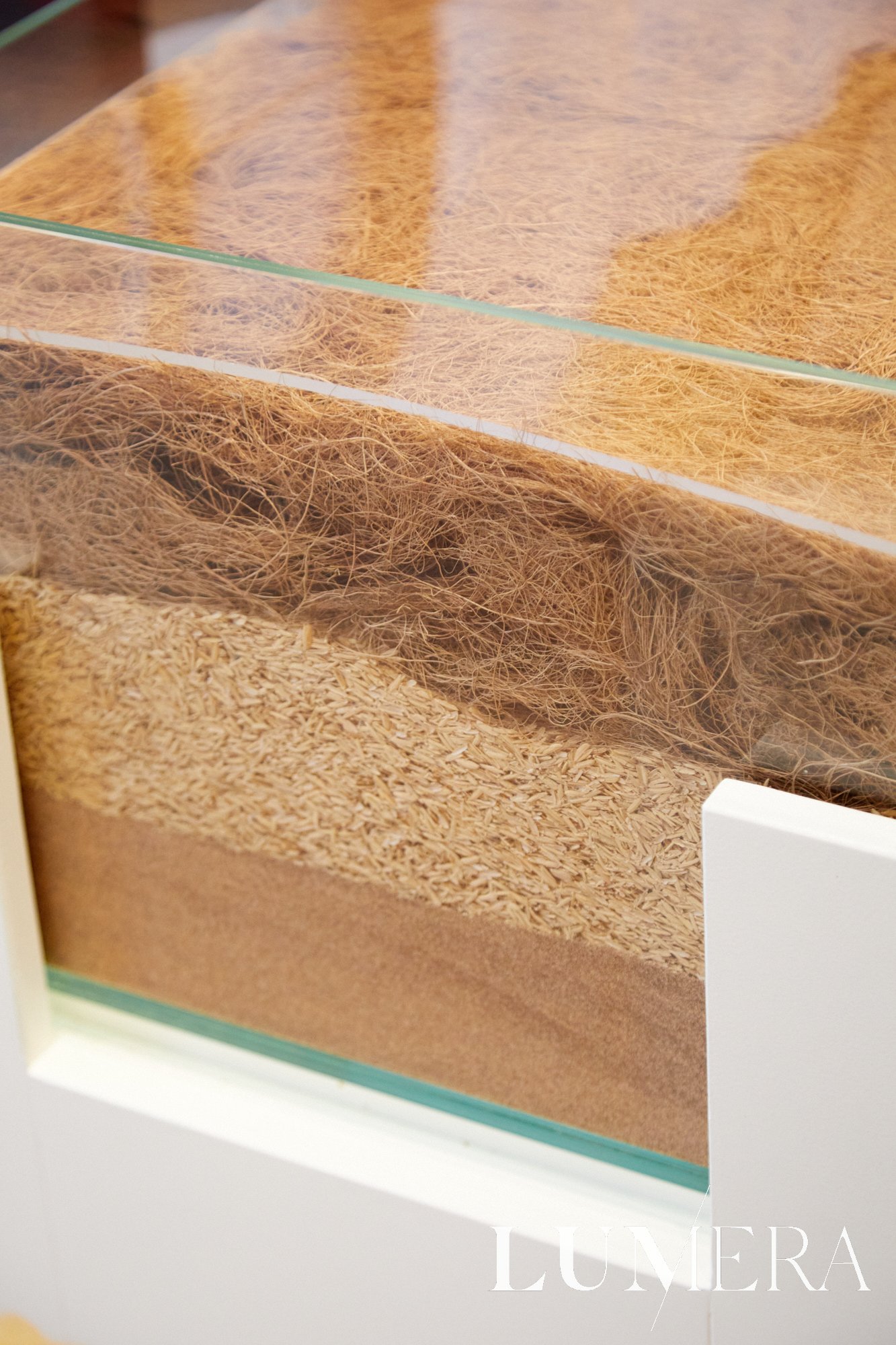
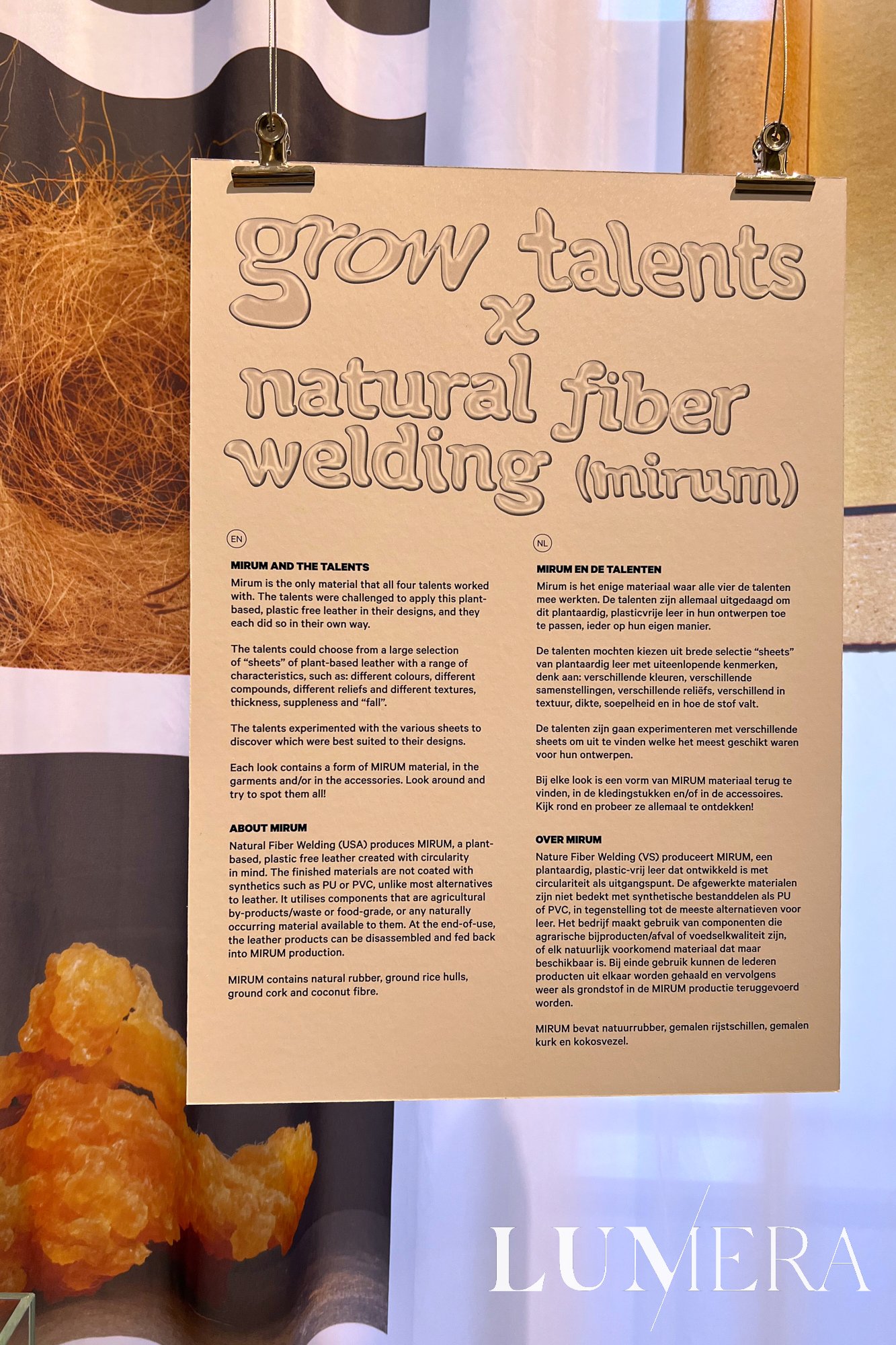
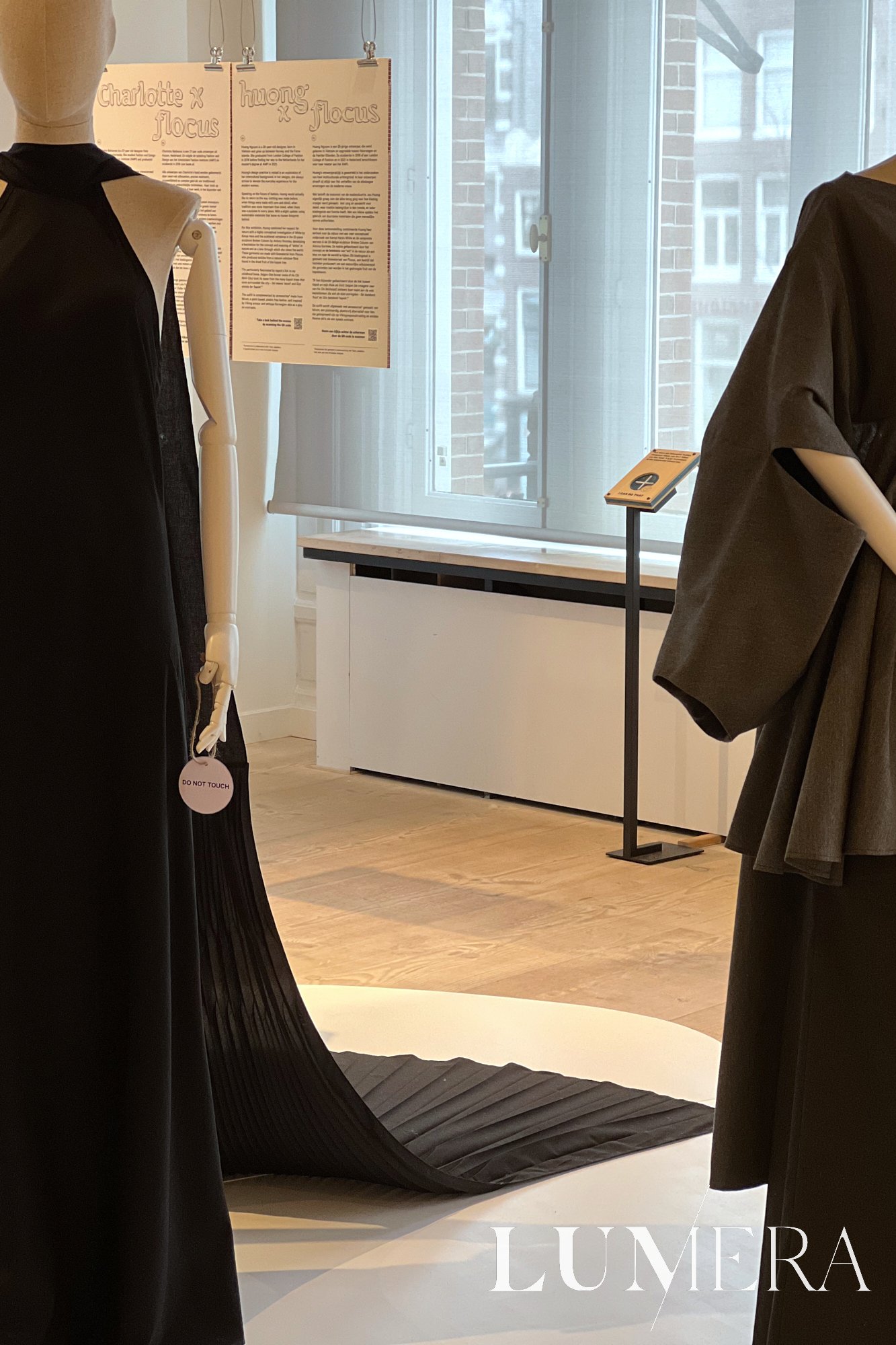


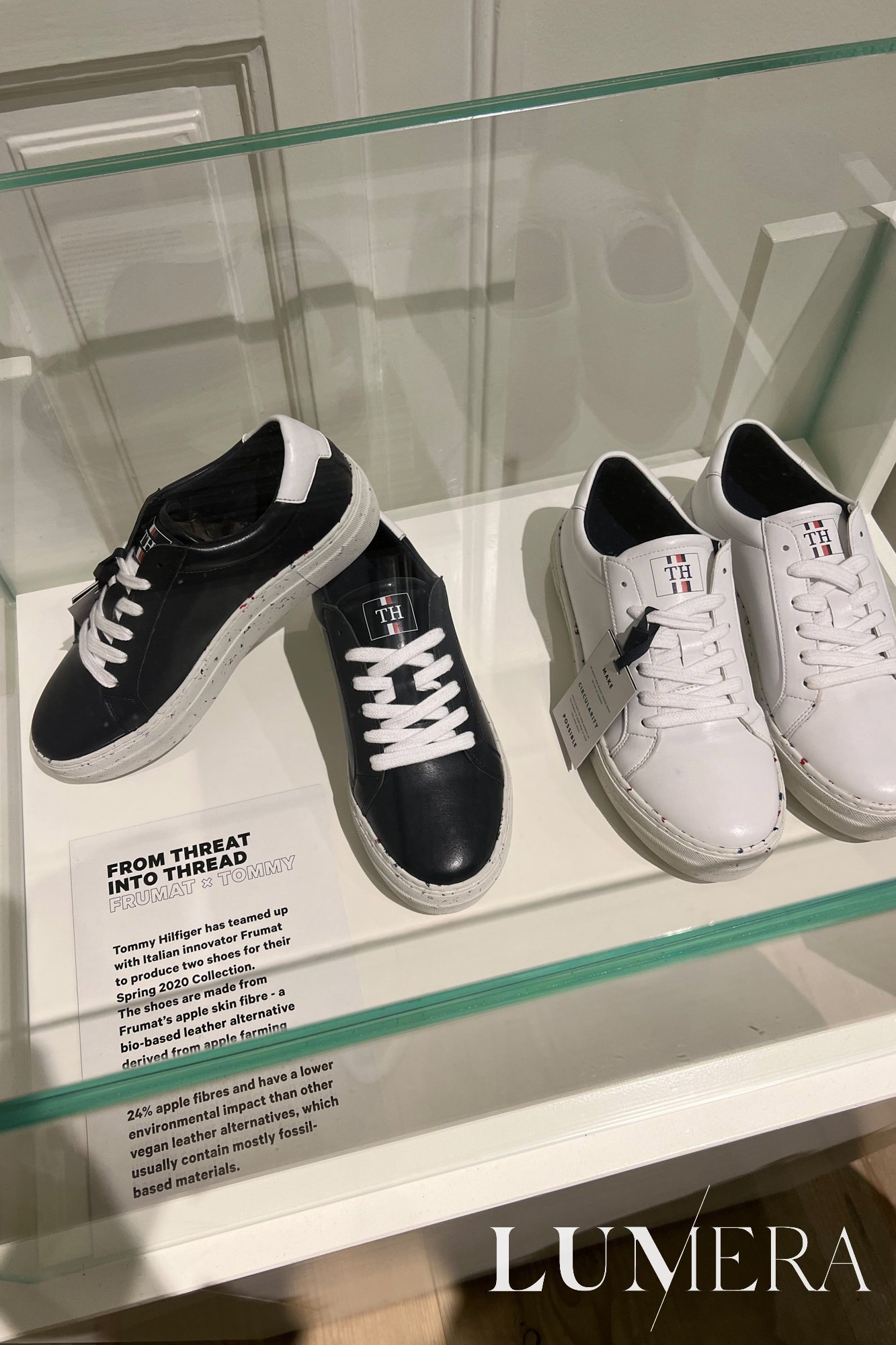
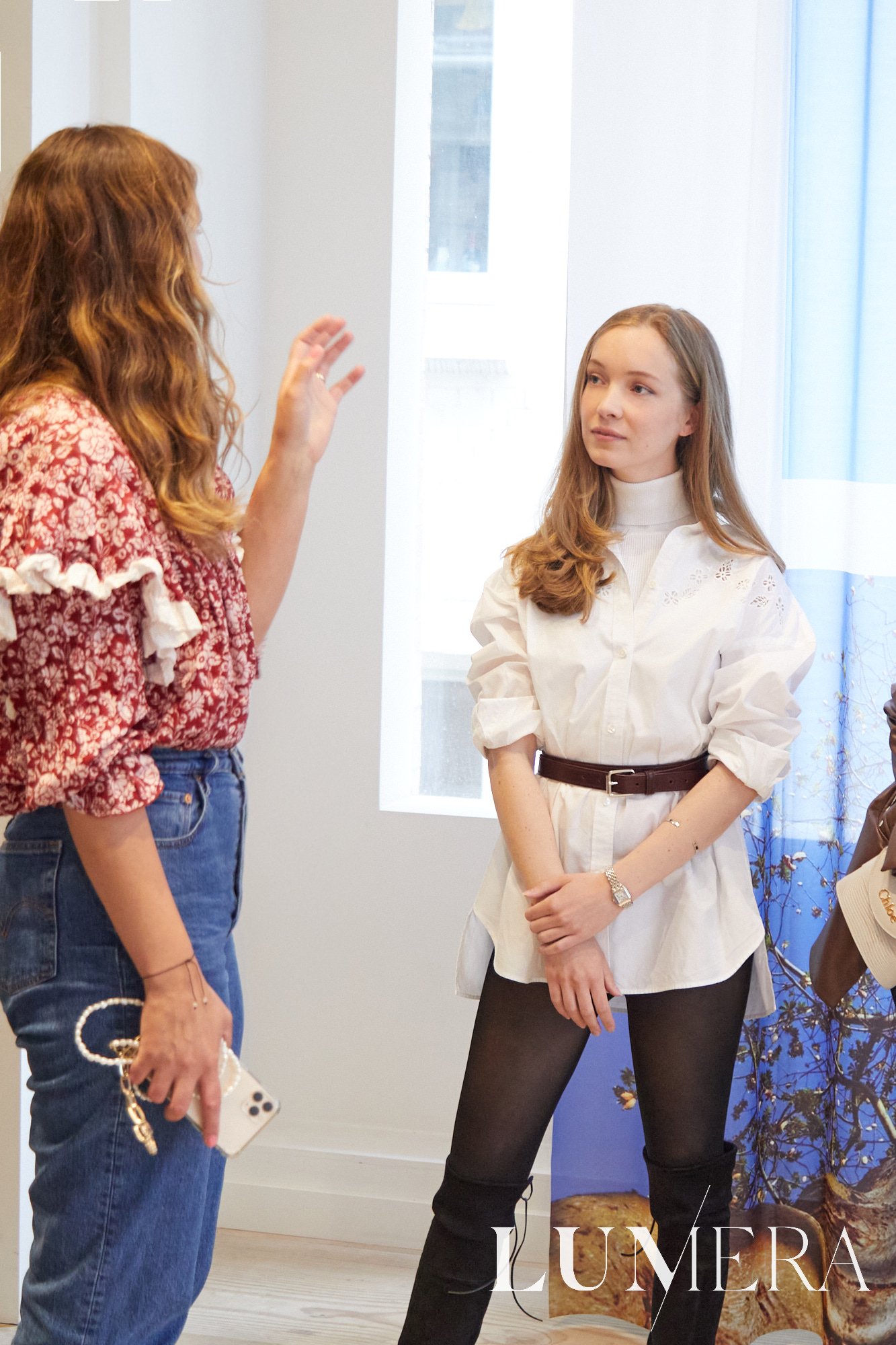



Georgia Gibbs styles six summer evening outfits in New York City within our Sustainable Style Challenge series. All pieces are slow fashion and from her own wardrobe.